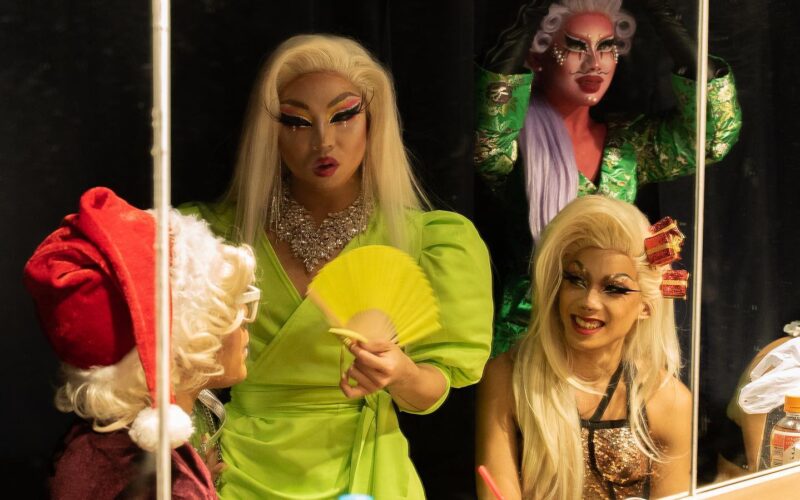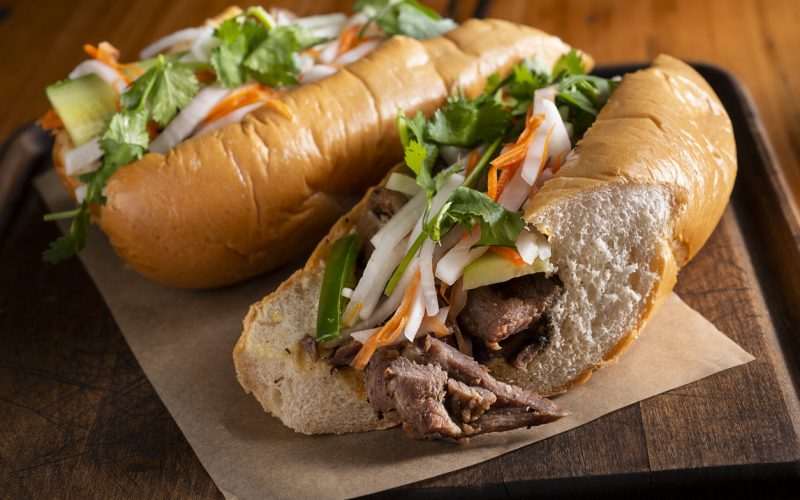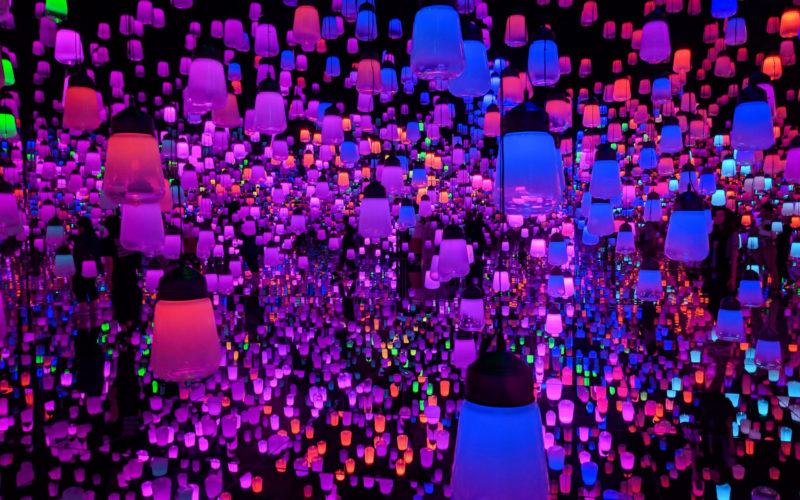Tori-no-Ichi: Festival of the Rooster
The old town of Asakusa comes alive every November with this unique and visually stimulating 3-day festival.
The old town of Asakusa in northern Tokyo is known for a lot of tourist attractions, but for a few days a year it hosts the brilliant Tori-no-Ichi: The Festival of the Rooster.
What is Tori-no-Ichi all about?
The festival’s whole purpose is to sell charms which grant good luck and the promise of some extra cash. The festival has been held in the Asakusa area since the Edo period at Ootori Jinja Shrine and Chokokuji Temple. The main events are held in November, and the festivities continue until midnight as kumade (a wide rake made of bamboo) decorated in gold and silver are sold by vendors in the shrine and temple area.
As a tourist, you don’t have to buy anything, but the kumade range from cheap to extravagant, so they can be pretty unique souvenirs.
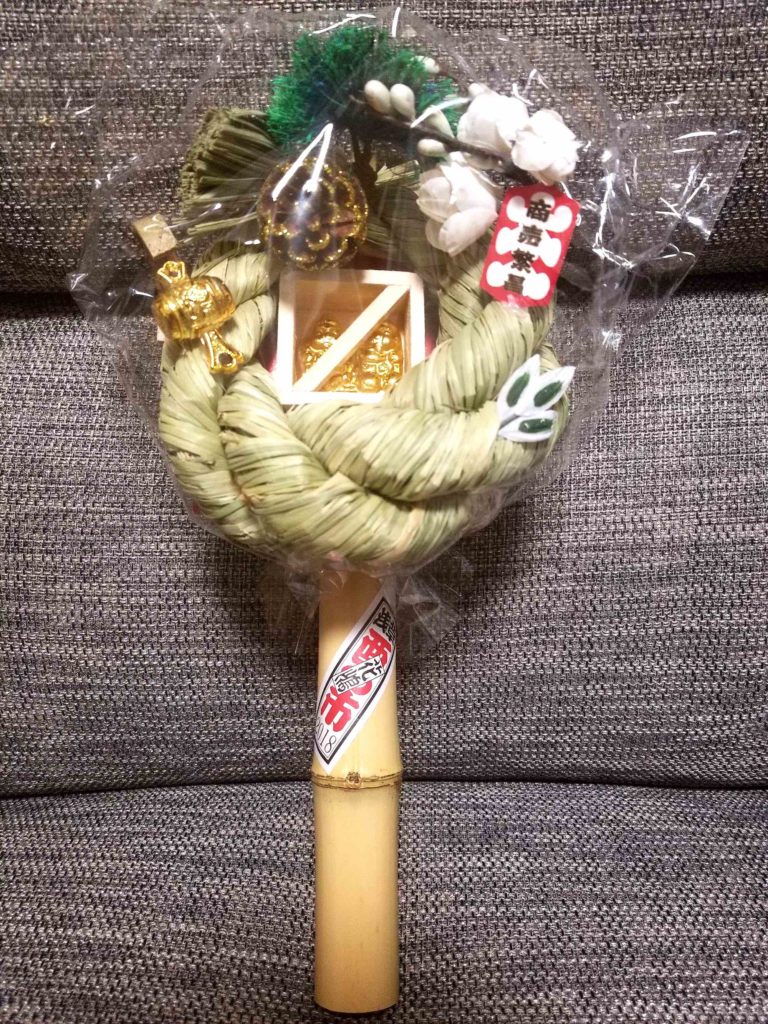
Photo by: Alex Sturmey A cute bamboo rake visitors can purchase at Tori-no-Ichi.
What should I do there?
Once you manage to make your way to one of the two temples (beware of large crowds) you’ll want to buy yourself one of the main products on sale: kumade, more commonly referred to as bear hands. Why a bear hand, you ask? It’s simple really. What does a bear hand kind of look like? A garden rake. And, what do you do with a garden rake?
Asakusa
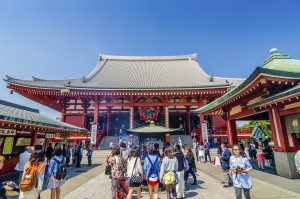
Because of this, many businessmen and women come to try and get “money” with these bear claws. But don’t worry, it’s not only for companies! It also brings luck to your house. Walking around the actual temples is something to behold in and of itself. Between the colorful and vibrant stalls, sellers will shout at the top of their lungs to try and attract you to buy their bear hands.
The different “kumade” represented can vary from family, luck, money to children.
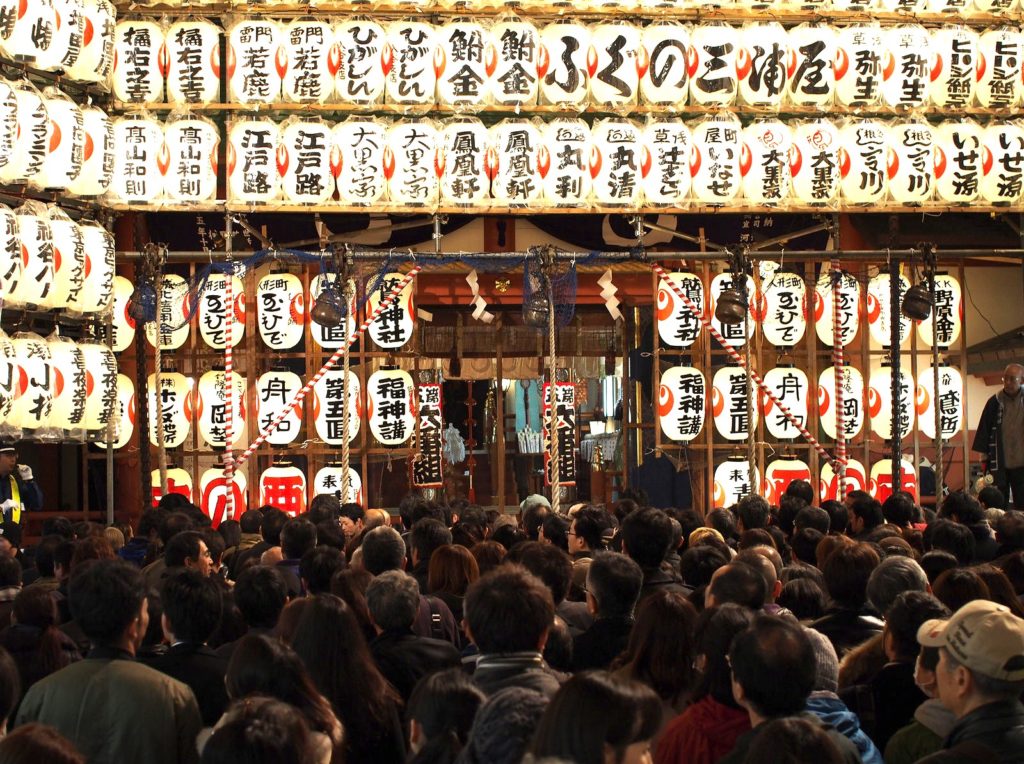
Photo by: Nicolas Kasp It will be crowded but worth it!
At the festival, you don’t just buy the bare hand. You’re supposed to walk around the stalls and shrines “clawing” with it. The idea is that you are catching the luck that is all around you. Rest assured you’re not stealing another person’s luck, as the Gods are so kind that they just shower the festival with it.
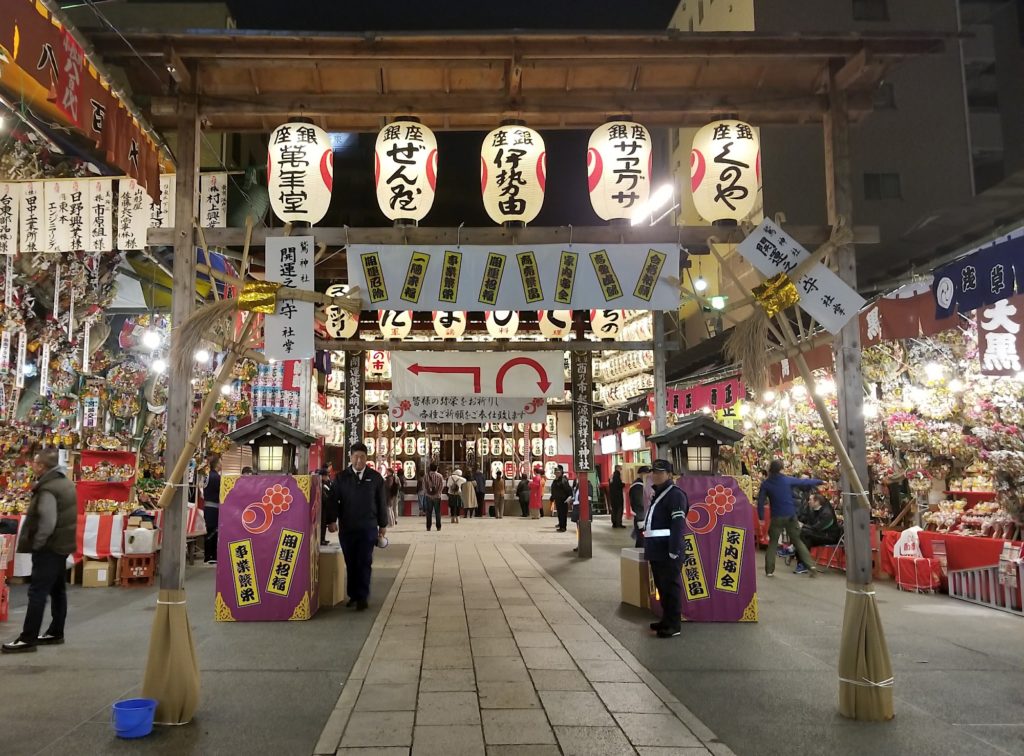
Photo by: Alex Strumey The festival is 3 days in November.
There’s also plenty of festival food and drink in the surrounding areas, so grab some takoyaki and a beer and feel free to chill street side for a while and watch it all transpire.
Trivia
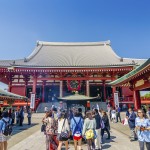
Topics: asakusa, autumn, festival of the rooster, festivals, ootori shrine, tokyo, tori-no-ichi
